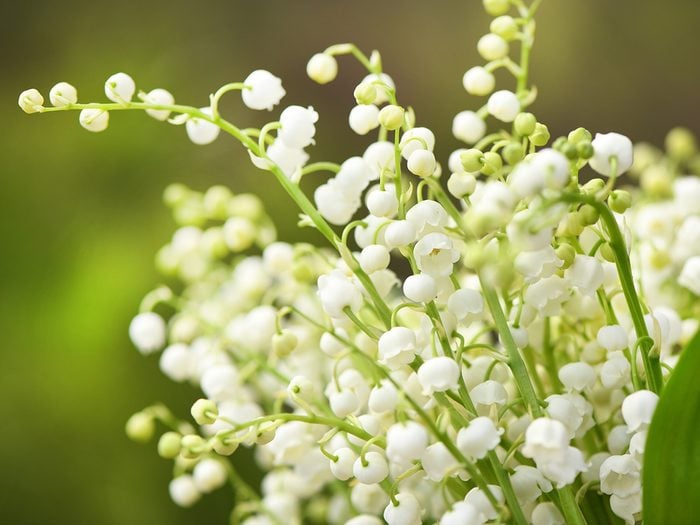
The language of flowers
According to the “language of flowers,” also known as floriography, each month can be symbolized by a flower. May has the lily of the valley and the hawthorn, which can also mean a return to happiness.
The trend of using flowers to express emotions, which popularized the idea that red roses mean love, is credited to Lady Mary Wortley Montagu, an 18th-century English poet and the wife of a British ambassador to Turkey. Interest in the concept of floriography grew across Europe and eventually led to a French book, published in 1819, called Le langage des fleurs by Charlotte de Latour.
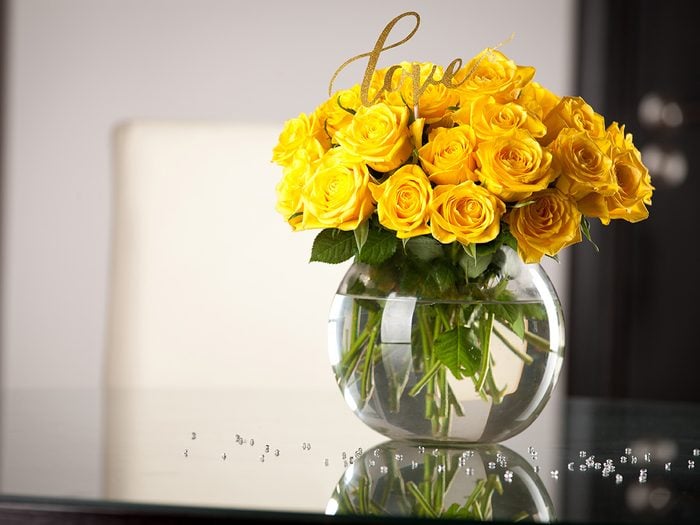
A bouquet for a friend—or foe
The messages that flowers were used to convey weren’t always about love and happiness: Marigolds meant contempt, according to some manuals, and yellow roses could mean jealousy. (Florists now market yellow roses as a symbol of friendship.)
Marigolds are also an excellent mosquito repellant. Here are some other plants that drive pests away.
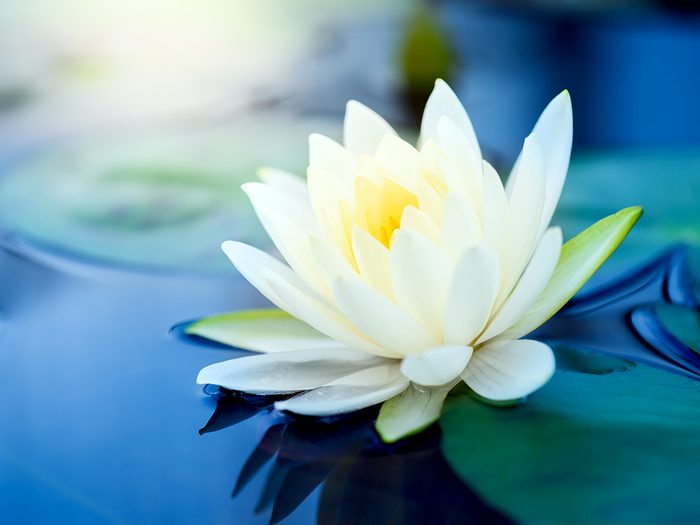
The lotus and enlightenment
Flowers can also have religious significance. For example, the Lilium longiflorum (Easter lily) is mentioned in the Bible as a symbol of purity and rebirth and is often associated with the resurrection of Jesus Christ. The lotus flower signifies enlightenment for Buddhists because it grows in the mud but remains clean, thanks to its naturally water-repellent leaves.

A blossoming market
Blooms are big business: The industry’s leading auction company, Royal FloraHolland, sells more than 20 million flowers and plants each day. The Netherlands has dominated exports for decades, but the market is growing in Kenya, Ethiopia, Ecuador and Colombia. There’s even a dedicated cargo area for flowers at the international airport in Nairobi, Kenya.
In the United States, flower sales peak for Mother’s Day: American consumers spend about US$2.6 billion on floral arrangements each May. Altogether, the global flower industry earns more than US$30 billion.
Looking for the perfect bouquet for Mom? Check out what different flowers mean on Mother’s Day.
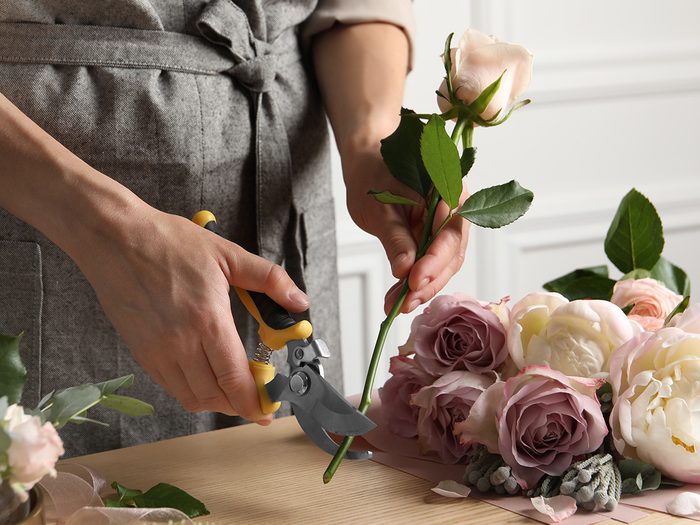
Keep your blooms fresh
Keep a bouquet looking healthy for longer by placing it in clean water with the stems cut at an angle. To keep bacteria at bay, pluck off all leaves below the water line.
And do add flower food to your vase; many bouquets come with a packet. They typically contain sugars to supplement the blooms’ nutrition, citric acid to reach an optimal pH level and bleach to fight bacteria. To make your own, mix 30 millilitres of lemon or lime juice, 15 millilitres of sugar and seven millilitres of bleach into a litre of water.
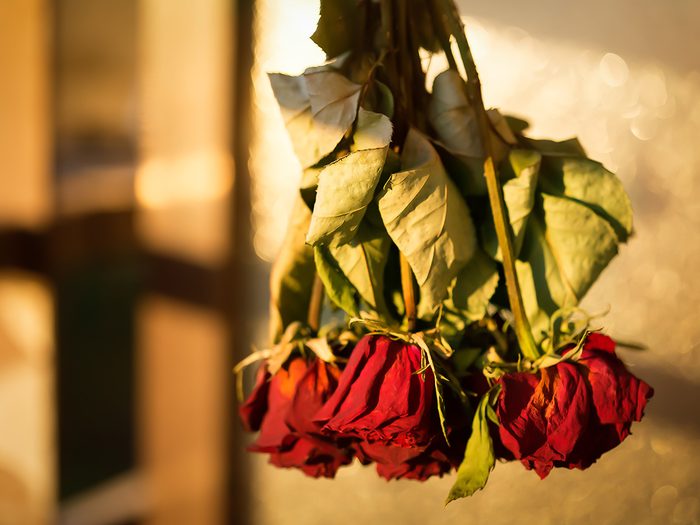
DIY dried flowers
You can preserve cut flowers by drying them. Simply tie a string around their stems and hang them upside down somewhere dark and dry, like in a cupboard or a closet. You could also press them between the pages of a heavy book or iron them between two sheets of wax paper. Air drying tends to work well for smaller flowers, while pressing is easiest with flat ones. With big, round blooms, burying them in silica gel crystals might get the best results.
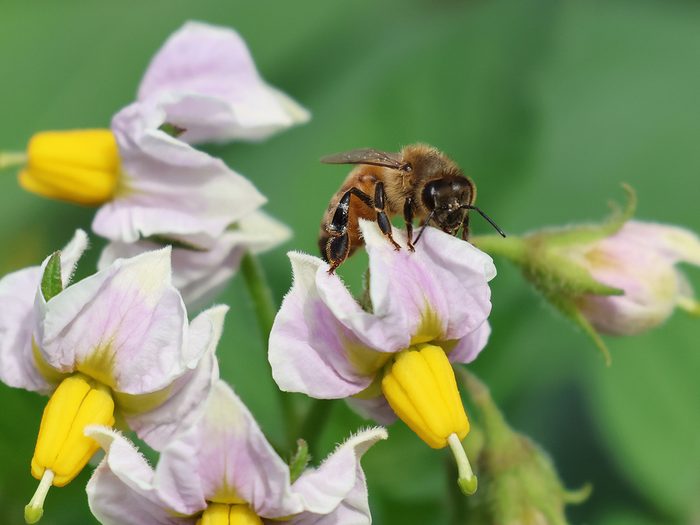
Stamens and pistils
Flowers look and smell lovely because they need to attract the birds and the bees—literally. The creatures carry pollen from a stamen (a male flower part) to the eggs in a pistil (a female flower part), allowing seeds to develop. Some flowers have only pistils, some have only stamens and some have both. Does this mean some plants pollinate themselves? Yes!
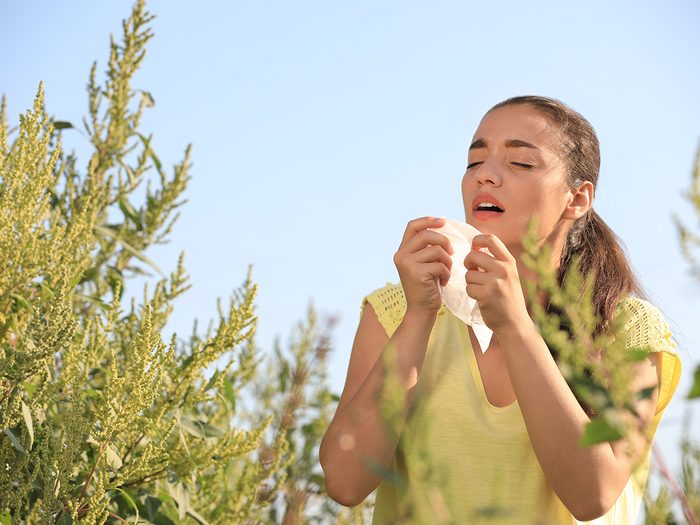
Pollen allergies
Certain flowers rely on the wind to carry their pollen around, which is unfortunate for people with allergies. About 15 percent of Americans reach for the tissue box when green, spiky ragweed flowers appear in late summer and early autumn, and 25 percent of Canadians have allergic rhinitis, also known as hay fever, caused by ragweed and other pollen allergens. In the Mediterranean region, up to 30 percent of allergies are caused by parietaria —one type of which is fittingly known as “asthma weed.”
Here are three ways to help prevent asthma attacks.
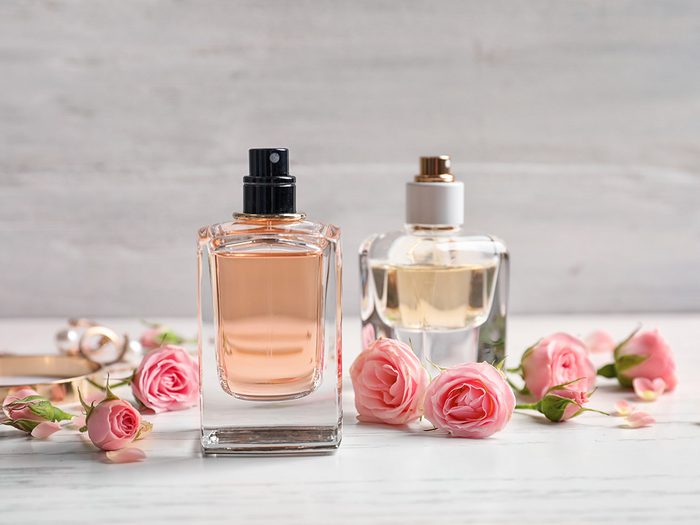
A pretty scent
Thanks to the alluring aroma of flowers, it’s no surprise that we’ve bottled their scents. During the 19th century, perfumes were often derived from the fragrance of a single flower, but as the industry evolved, the scent profiles became much more complex, made up of several natural and synthetic chemicals. Chanel No. 5, which Coco Chanel famously insisted should make the wearer “smell like a woman, not a rose,” has the concentrated oil of around 12 roses and a thousand jasmine flowers in every 30-millilitre bottle.
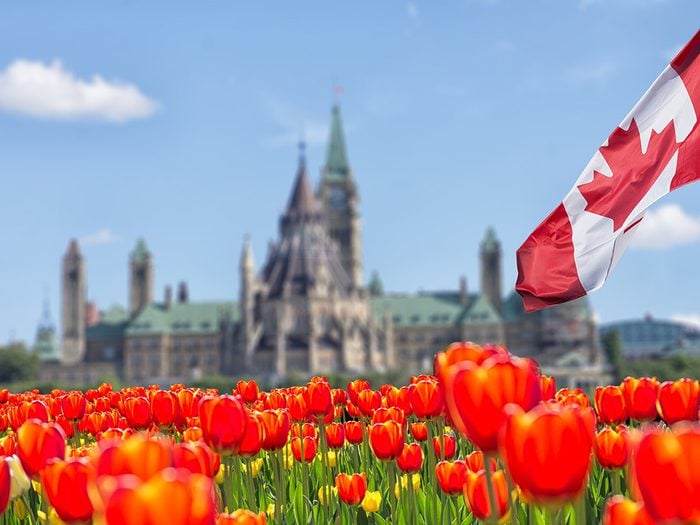
Festivals around the world
All over the world, there are flower festivals for aficionados to enjoy, from California’s lively Rose Parade to Ottawa’s beautiful Tulip Festival. Another popular event is the Bloemencorso (“flower parade”) Bollenstreek, which takes place in the Netherlands. More than a million people celebrate it each spring. The main event is a 42-kilometre parade of flower-sculpture floats covered in bulb blossoms such as hyacinths, daffodils and, of course, tulips.
If you’re enjoying these facts about flowers, check out the best flowers to grow in containers.
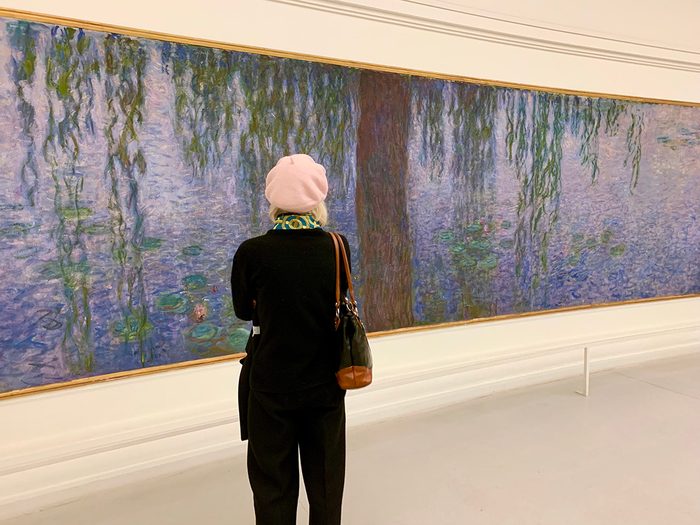
Artistic inspiration
Flowers are a favourite subject for many artists. Iconic examples include Monet’s Water Lilies, Andy Warhol’s Flowers, featuring hibiscus with an almost psychedelic look—and street artist Banksy’s Flower Thrower on a wall in a small town near Jerusalem. It depicts what looks like a rioter about to throw not a weapon but a bouquet. Let’s not forget Van Gogh’s Sunflowers, which recently made headlines because activists threw tomato soup at it to protest against the use of fossil fuels.
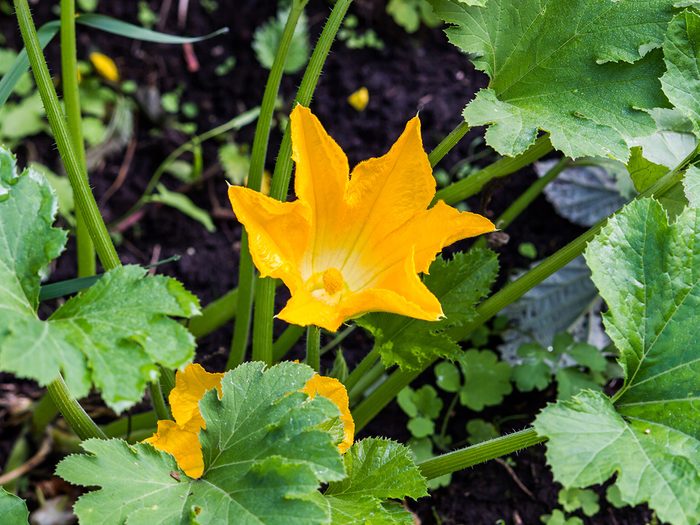
An intergalactic perennial
In 2012, American astronaut Don Pettit planted a few seeds in plastic bags and grew them in space. As a result, a yellow zucchini blossom and a lopsided, yet cheery, sunflower became the first flowers to bloom on the International Space Station.
Next, check out our beginner’s guide to starting a garden.
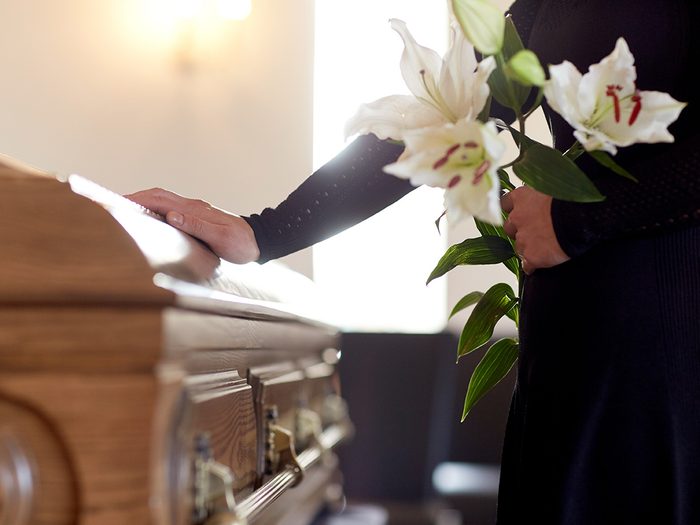
Flowers and funerals
Flowers play a role in many important life moments, and using flowers to honour the dead is not new. In Mount Carmel, Israel, archeologists discovered skeletons dating back some 13,000 years that had been lovingly placed on a bed of blooms. The deceased had been buried on a layer of mud that had preserved impressions of sages and figworts.
Now that you’re familiar with these facts about flowers, find out how to get rid of fungus gnats.